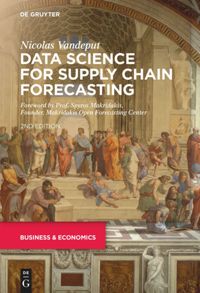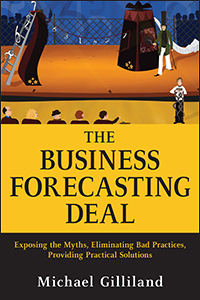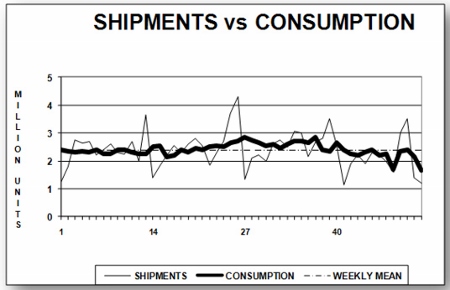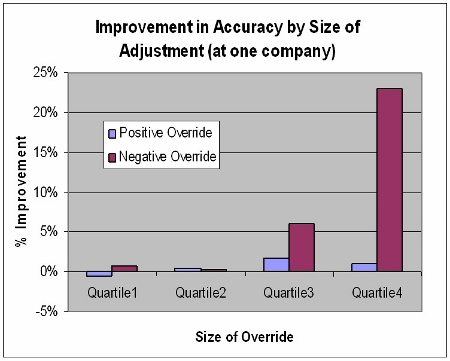
On September 2 (3pm UTC / 11am EDT), I'll be joining Jonathon Karelse, CEO of NorthFind Management, for an interactive "fireside chat" on the application of Behavioral Economics in demand planning. This is part of the Foresight Webinar Series, and registration is free. Since we first met at an Institute












